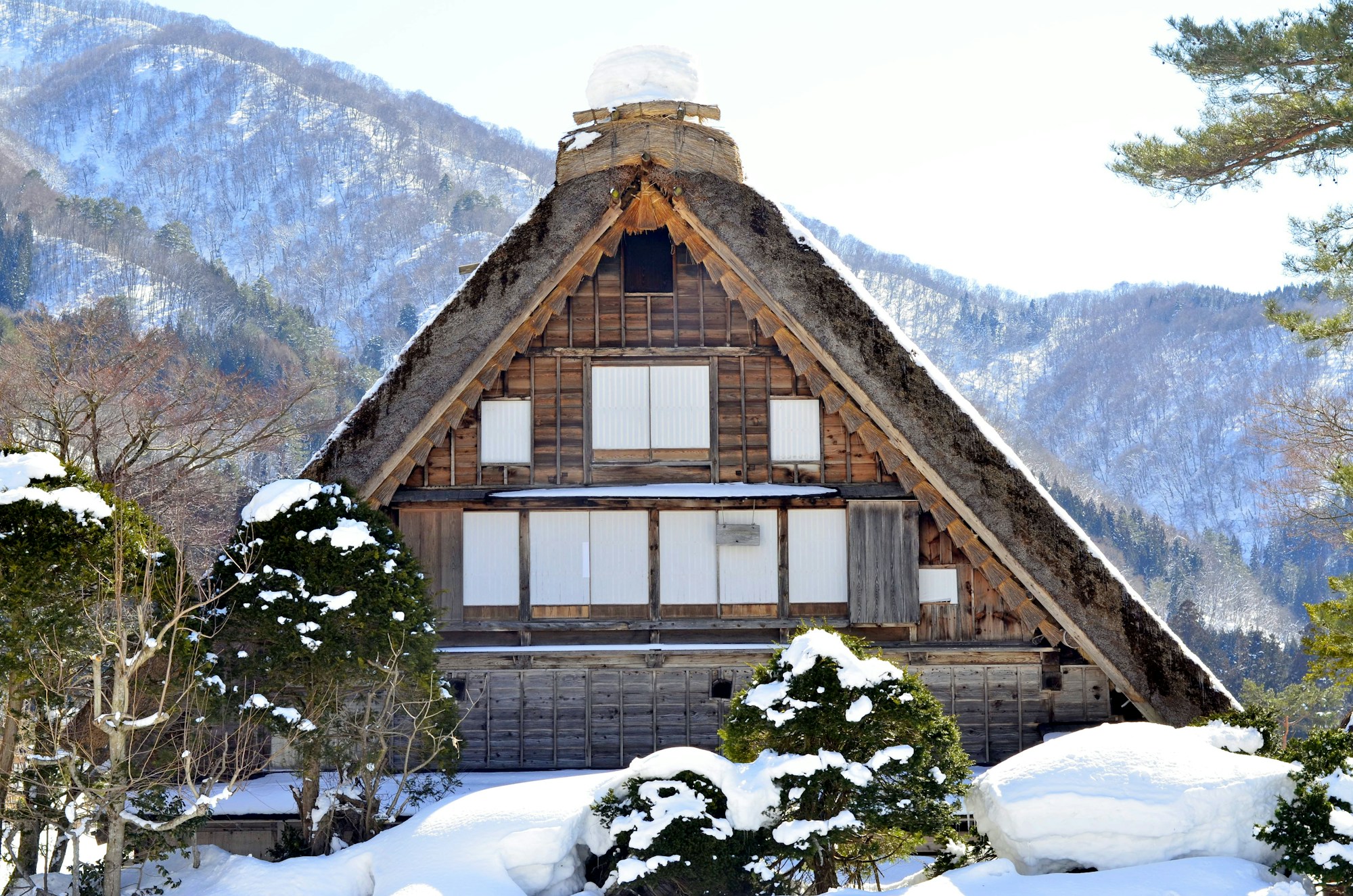Shirakawago: Exploring Local Culture & Traditions

Shirakawago: Exploring Local Culture & Traditions
Welcome to Shirakawago, a UNESCO World Heritage site and a hidden gem nestled in the mountains of central Japan. Known for its traditional gassho-zukuri farmhouses and rich local culture, this charming village offers a unique travel experience that will transport you back in time. Join us as we explore the highlights of Shirakawago and discover the customs and traditions that have shaped this beautiful destination.
Getting There
Shirakawago is located in the Gifu Prefecture, approximately 4 hours by train from Tokyo. The nearest airport is Komatsu Airport, which has international connections and is about 1.5 hours away by car. From there, you can take a bus or hire a private car to reach the village. If you prefer to travel by train, take the JR Hokuriku Shinkansen to Toyama Station, and then transfer to a local bus bound for Shirakawago.
Exploring the Village
Once you arrive in Shirakawago, you will be greeted by the sight of traditional thatched-roof farmhouses that are unique to this region. These farmhouses, called gassho-zukuri, are known for their steep roofs resembling hands in prayer (gassho). Take a leisurely stroll through the village and admire the architectural beauty of these historic buildings.
While walking around, make sure to visit the Wada House, one of the largest gassho-zukuri farmhouses in Shirakawago. This well-preserved house offers a glimpse into the life of a bygone era, showcasing traditional interior design, tools, and artifacts. The Wada House also provides an informative exhibition on the history and culture of the village.
To experience the local culture in depth, consider staying overnight in one of the traditional farmhouses that have been converted into guesthouses. These accommodations, known as minshuku, offer a truly immersive experience, allowing you to live like a local and savor homemade regional cuisines.
Local Traditions
Shirakawago is deeply rooted in its traditions, and various cultural practices are still upheld by the villagers. One such tradition is the Shirakawago Winter Illumination, held annually from January to February. During this time, the village is adorned with thousands of lights, creating a magical winter wonderland. The illumination reflects off the snow-covered roofs, and visitors can enjoy the enchanting atmosphere while sipping on warm local sake.
Another notable tradition is the Sarubobo doll-making. Sarubobo, meaning "monkey baby" in the local dialect, is a traditional amulet believed to bring good luck and protection. Visitors can participate in workshops to create their own unique Sarubobo doll, using colorful fabric and thread. It's a delightful activity for both children and adults.
Local Cuisine
No visit to Shirakawago would be complete without indulging in the local cuisine. The region is known for its hearty mountain dishes, which incorporate fresh ingredients sourced from the surrounding nature. One must-try dish is the local specialty called soba noodles. Made from locally grown buckwheat, these noodles are served hot or cold and are accompanied by flavorsome dipping sauces.
For meat lovers, try the local Hida beef, renowned for its marbling and tenderness. You can enjoy it in various forms, from sizzling hotpots to succulent grilled steaks. Don't forget to also sample the regional sake, produced using the crystal-clear waters of the nearby Shirakawa River.
Plan Your Visit
Shirakawago is a year-round destination, each season offering its own unique charm. While the village is stunning throughout the year, the best time to visit is during the winter months when the snow-covered landscape adds to the picturesque scenery. However, keep in mind that it can get quite chilly, so dress warmly and pack accordingly.
During the spring and summer seasons, the village comes to life with vibrant flowers and lush greenery. It's a great time for outdoor activities such as hiking, biking, and picnicking. The autumn months offer a splendid display of colorful foliage, creating a breathtaking backdrop for your exploration.
Remember to check the local tourism website for any festivals or events taking place during your visit to fully immerse yourself in the local culture and traditions.
